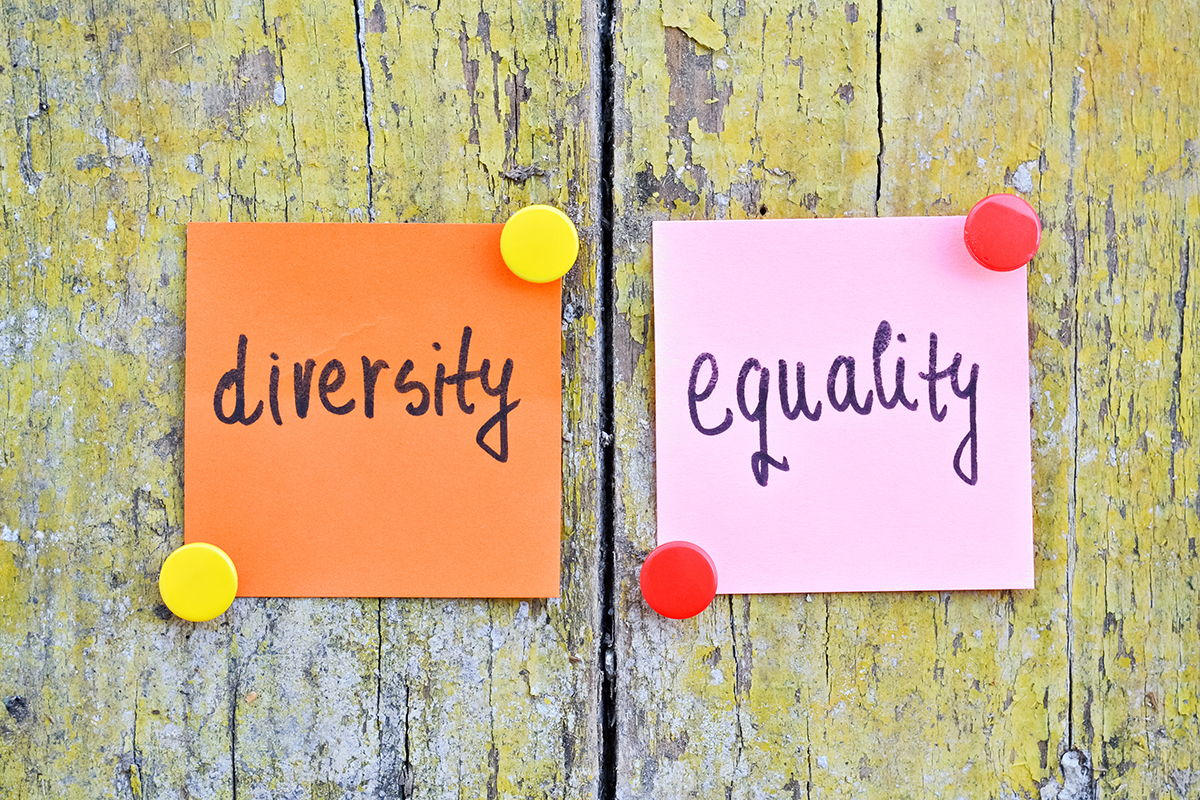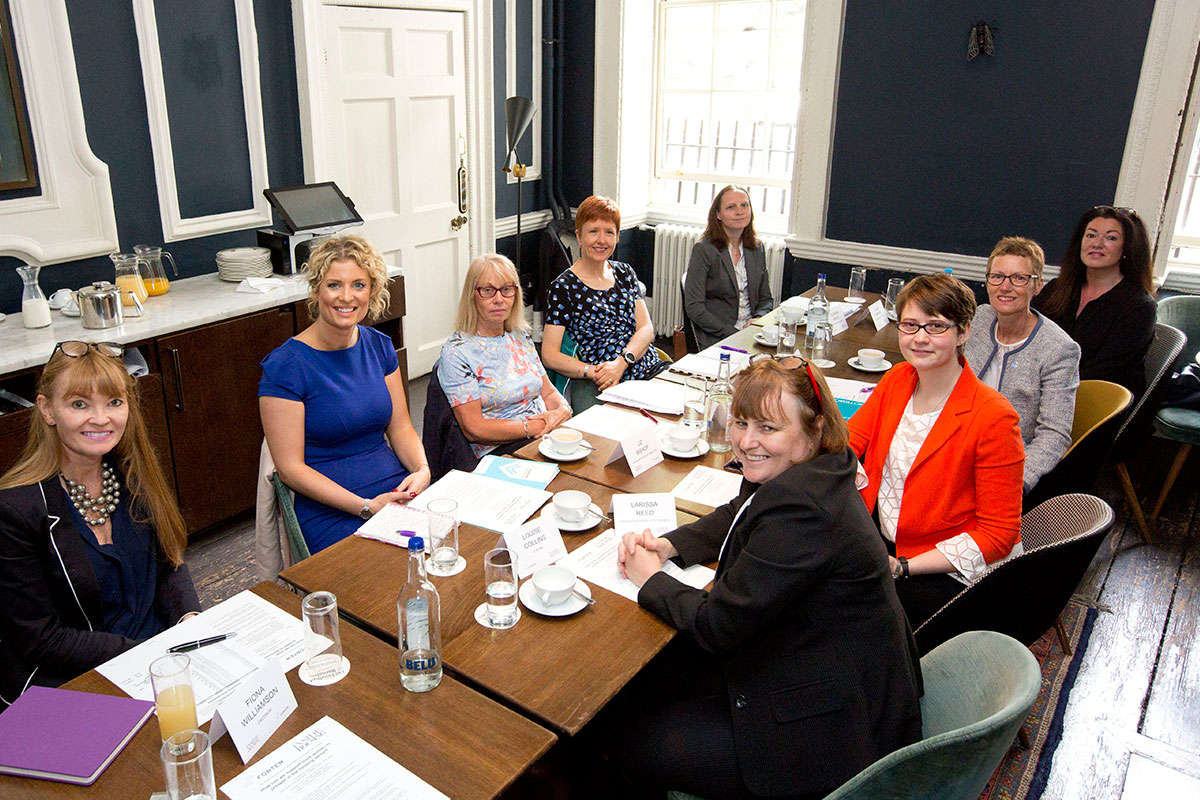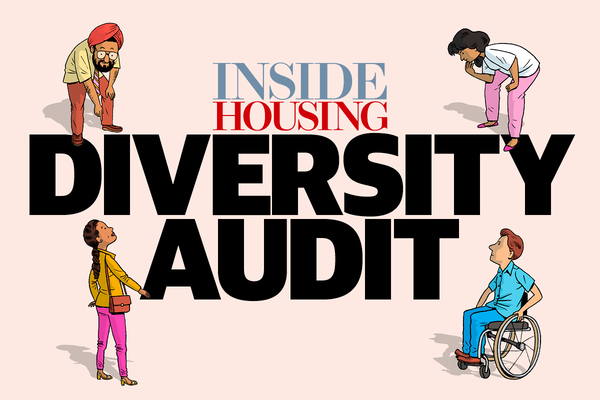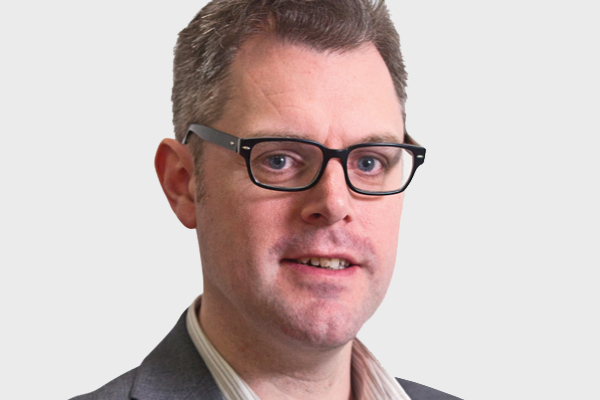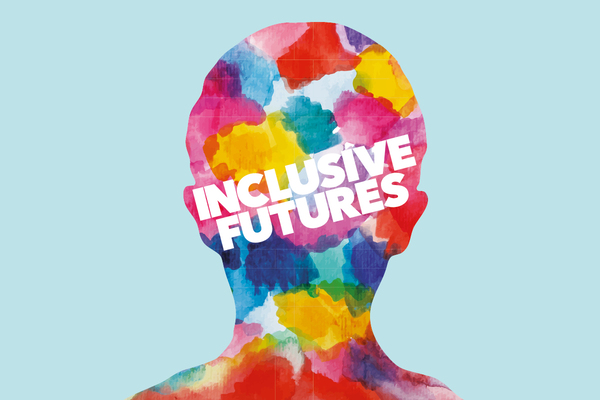You are viewing 1 of your 1 free articles
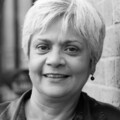 Cym D'Souza
Cym D'SouzaDelivering diversity in social housing
A recent report reveals the diversity of the people the sector accommodates, says Cym D’Souza
The social housing sector recognises that one of its distinctive features is the diversity of the tenants it accommodates and supports, as well as the equality of access to housing and services it provides to an increasingly diverse population.
Social landlords are also bound by the Equality Act 2010, which protects characteristics including ethnicity, faith, gender, age, disability, sexual orientation and gender assignment.
Housing people from these groups – and others who may be vulnerable or experience disproportionate disadvantage – is an important element of the social purpose of our sector. In this sense, delivering diversity is driven by a desire to improve equality while reducing disadvantage between groups in society, which goes unchecked by other tenures.
That’s why BME National, along with the Housing Diversity Network and the National Housing Federation, held its first joint conference on equality and diversity in housing a couple of weeks ago.
“A key finding is that 17% of social tenants are from a BME background.”
Our knowledge of equality and diversity (E&D) issues is also being supplemented by a forthcoming report produced by the Human City Institute (HCI), which seeks to provide an E&D profile of social tenants and establish baselines for the sector.
The report draws on a wide and deep range of data from national surveys, such as the English Housing Survey, and HCI’s own surveys of social tenants. It also enables some E&D trends to be identified. A few highlights are covered below.
An important finding is that 17% of social tenants are from a BME background – up from 13% two decades ago – in contrast to 12% of all households; local authority tenants are also more likely (at 22%) than those living in housing association accommodation (at 15%) to be BME.
There has been a significant switch in the gender composition of the heads of social tenancy households, with almost 58% now headed by women. This is an increase from the 45% recorded two decades ago and is much higher than for other tenures – 37% of owner-occupied and 42% of privately rented accommodation is headed by women.
For disability and limiting long-term illness (LLTI), too, numbers are up – half of today’s social tenancies have a household member with a disability or LLTI. Levels of self-certified disability and LLTI are much lower in other tenures: for homeownership, it is 29% and in private renting it is 23%.
The age structure of social tenant households is of interest as well. It approximates that of wider society, although the social housing sector accommodates marginally more under-25s at 5%, compared with 3% of the general population, and slightly fewer people 65 years old or more – 27% in contrast to 28% in wider society.
“There has been a significant switch in the gender composition of the heads of social tenancy households, with almost 58% now headed by a woman.”
HCI’s research also suggests that the number of LGBT people living in social housing is increasing and now falls in the range of 4-6% of all heads of social tenancy households (discounting the marked minority of tenants who do not answer ‘sexual orientation’ survey questions).
The socio-economic status of social tenants is diversifying at the margins, too, despite most social tenants still having incomes in the bottom 40% of the population and poverty rates remaining high.
Some 43% of social tenants are in work today, 30% full-time and 13% part-time or on zero-hours contracts; this compares to 34% two decades ago (24% full-time and 10% part-time). The unemployment rate has fallen from 12% to 7% over the same period. The number of social tenants in full-time education, although still low at 2%, has doubled.
The percentage of working social tenants in higher or lower managerial and professional occupations has risen marginally to 15%, even as those working in routine occupations has dropped from 30% to 26%.
Drawing on the English Housing Survey, HCI’s research still reveals, however, that most social tenants are struggling economically. The Acorn classification system calculates that just 2% of social tenants are ‘affluent achievers’, whereas 33% of homeowners and 13% of private renters are.
“HCI’s research still reveals, however, that most social tenants are struggling economically.”
A further 4% of social tenants are ‘rising prosperity’ (3% and 5% of local authority and housing association tenants respectively), compared with 8% of homeowners and 19% of private renters.
At the other end of the scale, 50% of social tenants are living in ‘urban adversity’, whereas just 9% of homeowners and 22% of private renters are in this category. A further 37% are ‘financially stretched’, whereas the proportions of homeowners and private renters are 16% and 22% in each case.
What these analyses describe is a social housing sector increasingly diverse in relation to the past and to other tenures, and that still fulfils its social purpose to house people most in need and who are disadvantaged in the UK’s economy and wider society.
Cym D’Souza, chair, BME National, and chief executive, Arawak Walton Housing Association
Inclusive Futures
Inside Housing’s Inclusive Futures campaign aims to promote and celebrate diversity and inclusion.
We are pledging to publish diversity audits of our own coverage.
We are also committed to proactively promoting positive role models.
We will do this through the pages of Inside Housing. But we will also seek to support other publications and events organisations to be more inclusive.
Our Inclusive Futures Bureau will provide a database of speakers and commentators from all backgrounds, for use by all media organisations.
We are also challenging readers to take five clear steps to promote diversity, informed by the Chartered Institute of Housing’s diversity commission and the Leadership 2025 project.
INSIDE HOUSING’S PLEDGES
We will take proactive steps to promote positive role models from under-represented groups and provide information to support change.
We pledge to:
Publish diversity audits: We will audit the diversity of the commentators we feature. We will formalise this process and publish the results for future audits twice a year.
Promote role models: We will work to highlight leading lights from specific under-represented groups, starting in early 2018 with our new BME Leaders List.
Launch Inclusive Futures Bureau: We will work with the sector to compile a database of speakers, commentators and experts from under-represented groups. The bureau will be available to events organisers, media outlets and publications to support them to better represent the talent in the sector.
Take forward the Women in Housing Awards: Inside Housing has taken on these successful awards and will work to grow and develop them.
Convene Inclusive Futures Summit: Our new high-level event will support organisations to develop and implement strategies to become more diverse and inclusive.
THE CASE FOR CHANGE
34%
of housing association chief executives are female
1%
of housing association executives have a disability
1.6%
of housing association board members are LGBT
Women make up 46% of the UK workforce, but Inside Housing research found that they are under-represented on housing association boards (36%), executive teams (39%) and among chief executives (34%).
Almost a fifth of working-age adults have a disability (18%), yet associations reported only 1% of executives and 4.5% of board members with a disability. Many were unable to provide details.
Nationwide, 14% of the working-age population come from a BME background, climbing to 40% in London and Birmingham. Yet our research found that 6.8% of board members identified as BME, compared with 4.5% of executives.
Statistics on representation of LGBT people in the workforce are in short supply, but official statistics suggest that 2% of the total UK population identify as lesbian, gay or bisexual, rising to 4.1% for 16 to 24-year-olds. Our survey found that 1.6% of board members and 10 executives were LGBT – but most organisations were unable to provide figures.
